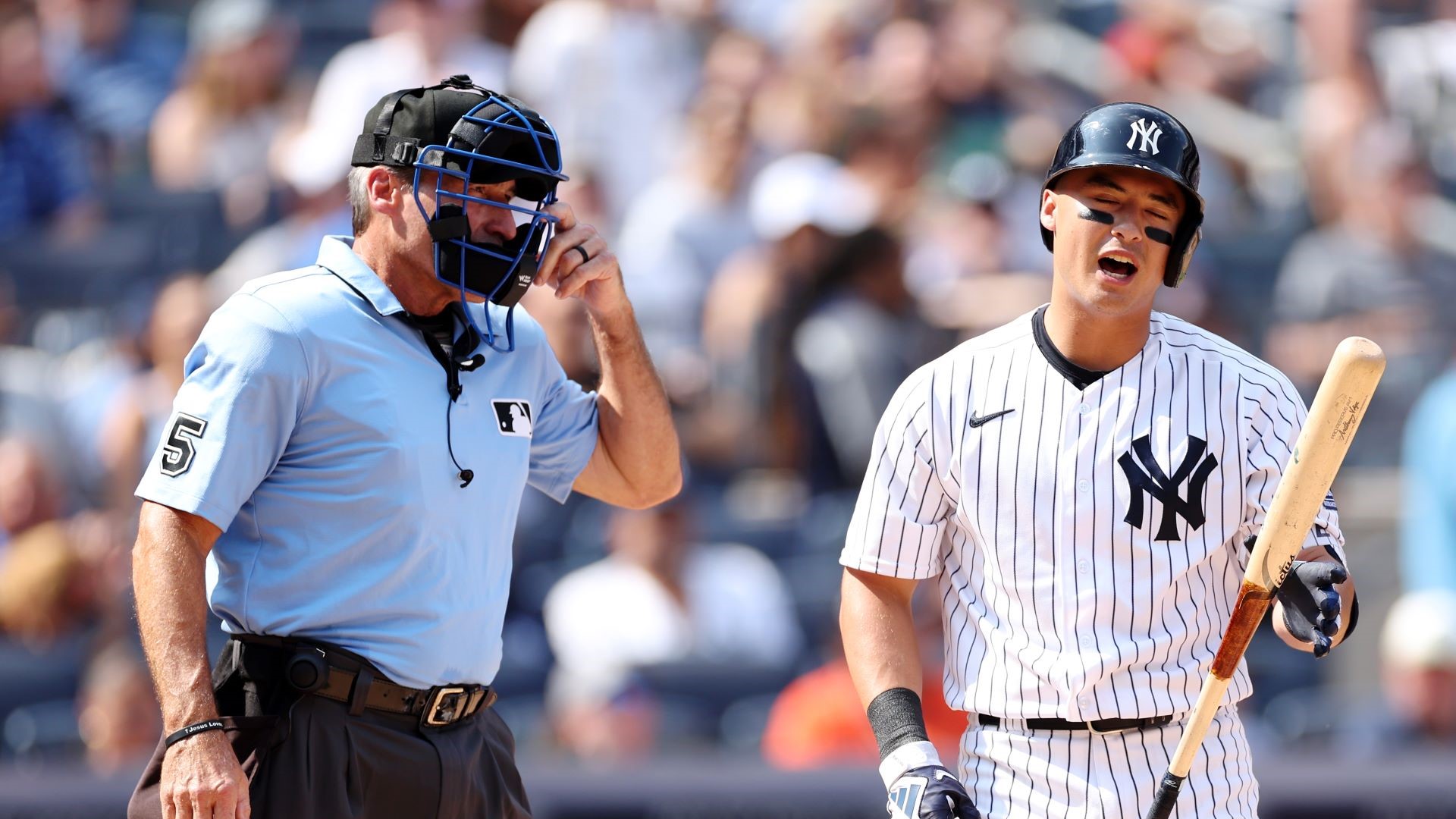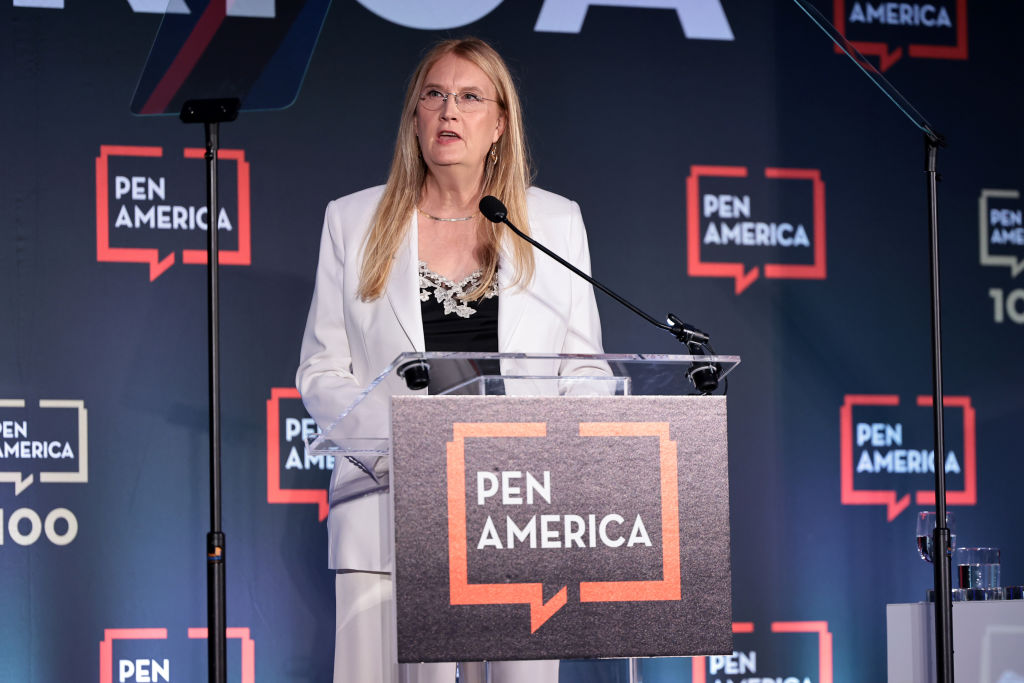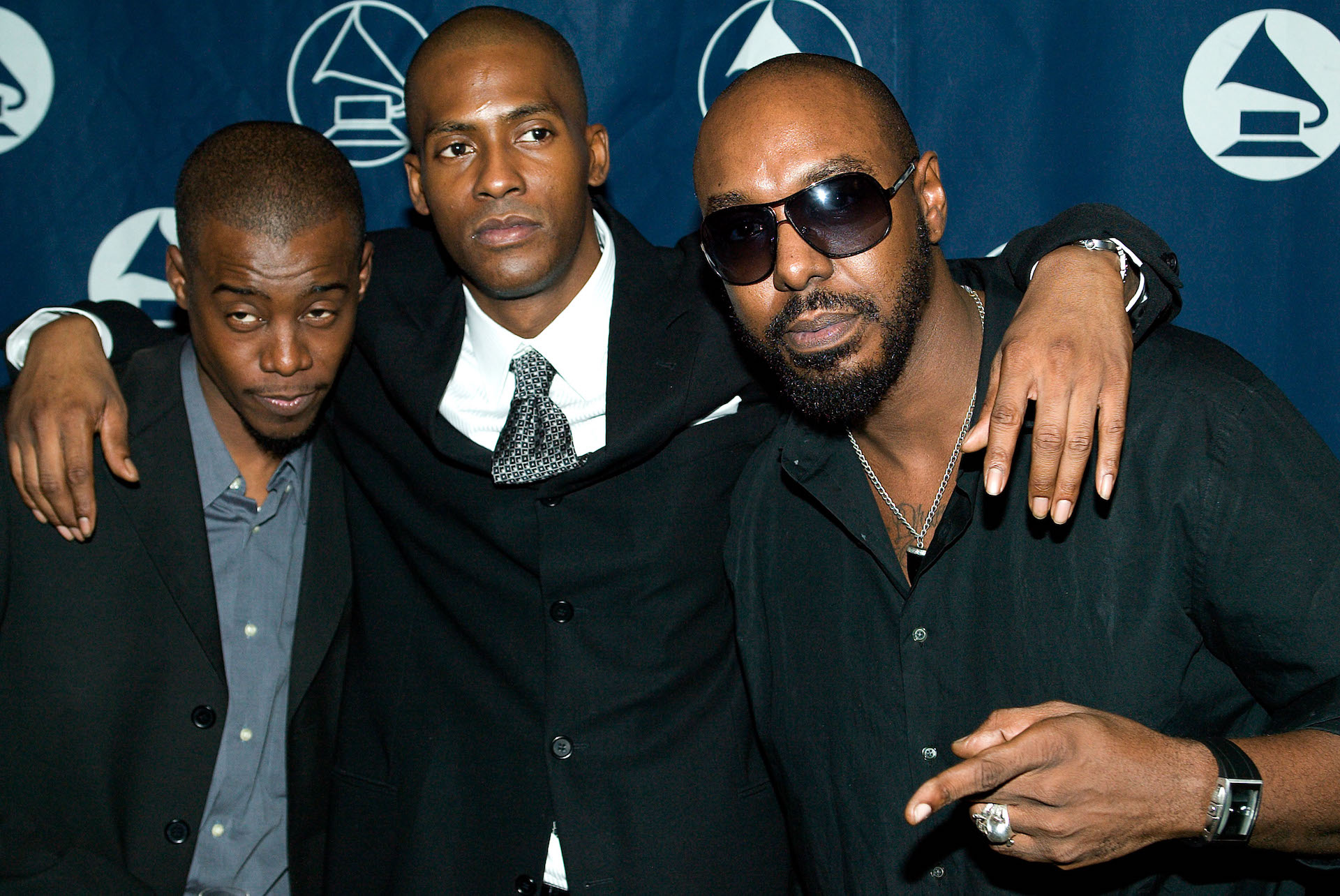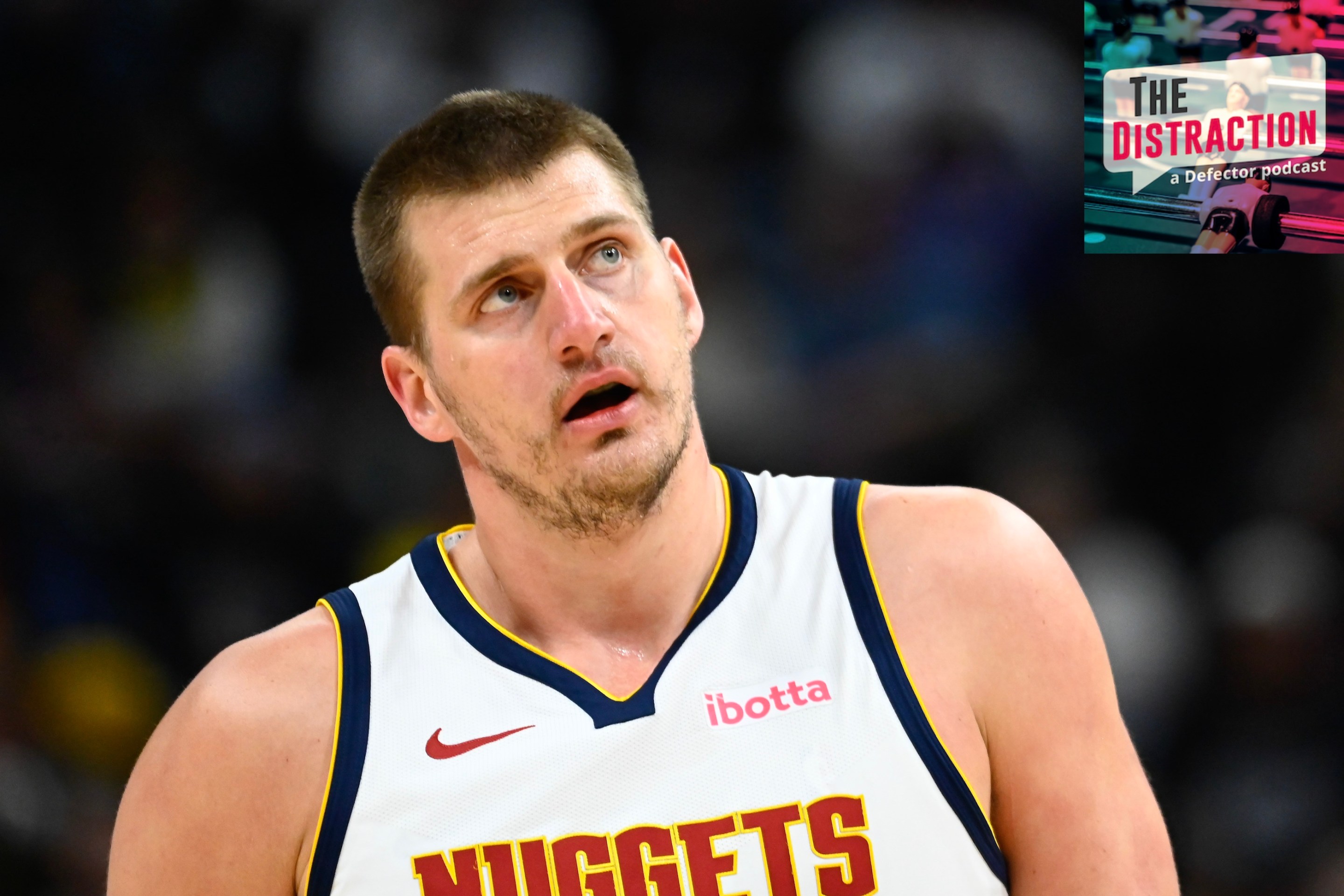MLB’s Owners Want To Make Their Favorite Loopholes Into Law
12:51 PM EST on February 18, 2022

Why is Major League Baseball’s lockout still happening? Or why, anyway, besides the fact that the league’s owners wanted to implement it and do not desire to lift it just yet? The conflict between the league and the MLB Players Association is about more than just cost-of-living increases and bumps to the minimum salary, although it is also rightly about those things. The league wants to further ensnare the players in the traps it laid in the previous collective bargaining agreement back in 2016, but mostly it wants to make sure that those traps will all become legal, codified, and part of MLB's core. Owners took advantage of these loopholes nonstop from 2016 on, and egregiously enough to inspire multiple grievances from the union during that period. The goal, this time, is to make the loopholes permanent.
That is, the goal is to enshrine the right to continue the same scuzzy behavior without the fear of facing further grievances over service time manipulation, or owners pocketing revenue-sharing funds; the goal is to lock in maximum profit without repercussions, regardless of what Rob Manfred says. It’s to act without oversight, even from a union with a legal right to a seat at the bargaining table, and to further negate the already dwindling choice available to players on the economic side of things. You know, the classics.
To see how the league would handle its business if it didn’t have to worry about the union, we can look to how it treats minor league players, who do not have a union. Last year, MLB used a hostile takeover of Minor League Baseball—an organization with which it is supposed to negotiate a Professional Baseball Agreement so that the two can at least work under the illusion of partnership—to shrink the minors, ripping pro ball from dozens of cities and ending the careers of hundreds more players. They removed the president of MiLB after leaning on him to convince the owners that this takeover and the disaffiliation of all of these clubs were going to be for the best. ESPN’s Jeff Passan reported that, amid current CBA talks, MLB is trying to impose an even lower limit on how many minor leaguers can even be in an organization—and there’s fear that, in less than a decade, Minor League Baseball will enforce even more dissafilliations to sate the McKinsey-an thirst for efficiency that permeates the offices of MLB and its owners. Given how little minor leaguers are paid, none of this is a major financial issue. It is more a matter of principle, and part of a longstanding ambition.
Breaking the union has been ownership’s goal since before the MLBPA had even fully formed. MLB essentially installed their own guy—Judge Robert Cannon, who once fell a single vote shy of being elected commissioner—as the executive director of the PA in the union’s early years, in the hopes of turning it into an illegal company union. When that didn’t work, they decided that breaking out into open conflict again and again was the answer. (It was not.) The owners would still love to break the union’s power, which explains the attempts at swaying the public and media against the players when and wherever possible—because the players wouldn’t take a pay cut for a pandemic-shortened season, say, or because they dared to blame an owner-enacted lockout on the owners who enacted it. The owners will be satisfied with simply bending the union to its will if that’s all they can get. But they’re aiming much higher than that.
Codifying the loopholes and exploitation of the past in a new CBA would go a long way towards delivering that result. It would limit player agency even more than the current ambiguous status quo does, which is saying quite a bit. When a player is chosen in the draft, he becomes the property of that team, at sub-poverty-level wages, for seven years. If that player beats the odds and makes it to the bigs, they will continue to be tethered to that team for six—and it would be wise here to include the loophole-exploiting tricks that tend to round this up to seven—years under a big-league contract.
Players like Bryce Harper and Mike Trout can strike it rich at that point, but the average MLB career is shorter than the years of team control in a players’ first contract. MLB’s average player salary is buoyed by the league’s well-compensated stars, and yet it continues dropping; the league's $1.15 million median salary is about $300,000 less than that of the minimum salary for an NBA player with one year’s experience. Argue about the size of an NBA team’s rosters relative to MLB’s all you want, but you shouldn’t be able to compare MLB’s median salary to the NBA’s minimum like this, just as you shouldn’t be able to point out that the NFL’s $660,000 minimum salary for 2021 is higher than what MLB is proposing for 2022, even though the NFL has 53-player rosters to MLB’s 26. The difference in annual revenues between these two leagues is much closer than those figures imply.
Let’s talk about those loopholes. The league’s de facto luxury tax threshold, or Collective Bargaining Tax if you are a lawyer, functions a lot like a salary cap, although it was initially proposed as an alternative to that concept. You can read about the how of all of that elsewhere, but the end result is financial juggernauts like the Yankees and Red Sox refusing to utilize their vast resources, ostensibly because they so fear the mild fiscal slap on the wrist that they would receive for doing so. The rest of the league follows suit, according to the same laws that govern traffic. If the people with the fastest cars are determined to drive 50 in a 55, everyone behind them will naturally fall in line. If the Yankees can’t afford to cross the luxury tax threshold all the time, how are the lowly Pirates supposed to ever spend more than half of that amount of money each season? How can the Mariners—whose owner John W. Stanton has a net worth of $1.1 billion and whose team made $315 million in revenue in the last full season for which we have data, despite being quite literally the Mariners—ever hope to approach the Yankees? It’s best not to dwell on these questions, and anyway much simpler for teams to refuse to approach the CBT. There are penalties, after all.
Just nine different franchises have crossed that threshold in its 20 years of existence, with the Padres being the last. That the Padres can do it is likely maddening to the other owners, who would prefer to pretend that such ambition is beyond them, but there are still ways to keep teams like the Padres and or the recently free-spending Mets in line. The league's proposed solution is to ratchet up the penalties to the point that no team could justify spending above the threshold—to ensure that the luxury tax acts as even more of a salary cap, they have proposed just a $4 million bump from 2021 to 2023, and all of $12 million in increases over the life of the next five-year agreement. They have combined that with a much more onerous penalty system for teams that cross that threshold.
“Much more” is maybe underselling it. As FanGraphs’ Jay Jaffe shows, MLB proposed a baseline tax penalty of 50 percent for teams $20 million or less over the threshold, instead of the current 20 percent, 30 percent, and 50 percent scale for first-, second-, and third-time offenders. Under the new terms, teams that spend more than $20 million over and up to $40 million over would pay a 75 percent tax on those dollars over, and would also have to give up a second-round draft pick outright; the previous CBA had simply dropped a team’s first-round draft pick selection by 10 spots, unless it was in the top six, in which case the second pick dropped those 10 spaces. Teams that go $40 million over would now pay a 100 percent tax, even if they were first-time offenders. They would surrender their first-round pick for the next draft as well.
This is all somehow even less extreme than MLB’s previous luxury tax proposals. The prior iteration forced teams less than $20 million above the CBT limit to give up a pick; the version before that actually lowered the threshold to just $180 million as the price for instituting a $100 million salary floor. The latest proposal includes a pitiful 1.9 percent increase in the luxury tax threshold for 2022, with no increase for 2023 and then 0.9 percent bumps in consecutive years, followed by a 1.8 percent increase for 2026. Unstated, but very obvious, is that MLB doesn’t need to raise the thresholds if they’re so severely ramping up the penalties for crossing them. Even the Dodgers, the team with the highest payrolls on record, will refuse to even occasionally blow past the luxury tax limits if it means they’re going to hamper their player development, which is as responsible for their success over the last decade as their spending. Even the most successful MLB team would be loath to surrender a first-round pick, if only because of all those years of cheap, locked-in team control. Every perverse incentive driving the league’s extremely perverse status quo remains very much in evidence here.
This new system would only solidify the CBT as a de facto salary cap, and enhance the avoidance. This would deny fans of years like 2018, when the Red Sox decided to risk it all by blowing past the first luxury tax threshold and bumping up against the second in pursuit of a championship. No more Dodgers trying to balance their immense financial resources with their brilliant player development. And no more of whatever it is that Steve Cohen was threatening to do with the Mets this offseason before Manfred and Co. locked the gates.
It goes beyond the luxury tax, too. The league is willing to raise the minimum salary, but only at a rate that barely keeps up with inflation, and only in exchange for a tiered salary system based on service time that would keep teams from renewing pre-arbitration players’ contracts for more than the minimum of those tiers. The top tier for players with three years of service time, by the way, is $725,000—less than the players’ $775,000 ask for a general league minimum in 2022. If players want to continue to be able to earn even a little bit more than the minimum salary in their pre-arbitration years, they will have to settle for a flat minimum of $630,000 for all pre-arb players, regardless of their service time. That’s simply the system that already exists, with a bump in minimum pay that doesn’t even come close to approaching the eminently reasonable figure the union is asking for.
Considering that the players would have been well within their rights to demand that the minimum salary should double, if not triple, over the life of the next CBA, MLB’s hardline stance is even more brazen. The union seeks to restore some balance to a system in which over half of the league’s service time is accrued by pre-arbitration players making less than 10 percent of the total compensation. The owners seek to make that system seem less icky to anyone who notices it, without consenting to match the pace of inflation. Again, this resistance seems to have more to do with principle than anything else.
A higher minimum salary would also curb some of the damage done by service-time manipulation, as would the pre-arbitration bonus pool that the PA proposed and the league accepted—or, anyway, accepted as a concept. The union initially proposed a $105 million bonus pool that would be split among the top 30 pre-arbitration players according to wins above replacement; this would be $3.5 million each if split evenly, or at least a $3.5 million average payout if it were not. The league accepted the idea of the bonus pool, but with just a $10 million pool. They have since bumped it up to $15 million, while the union dropped their demand to $100 million; they are now asking for it to go back to $115 million and cover a larger group of pre-arb players, as part of a reworking of another proposal of theirs.
Old proposal or new, the disparity is enough that it is clear that the two sides do not agree on what the pool is supposed to do. The league sees it as a bonus of $500,000 for exceptional performers in a given season, which is just a $500,000 commitment by each team into a central fund for those bonuses. The union saw this as a way to guarantee that the most productive players in the league don’t have to wait until arbitration or free agency to get a significant payout; if the per-player bonus is going to be smaller in the ways the league prefers, the union would rather the number of players receiving it be high. Considering the leverage afforded by low pay in the minors and low minimum salaries, the league has no interest in the former, and will likely be uninterested in the latter, as well. This battle will not be as simple as meeting halfway on the financials; here, as elsewhere, the two sides are just arguing for two very different things.
Mostly, though, this is a matter of owners negotiating backwards from the status quo they’ve created by weaponizing every possible loophole. Ownership’s proposal to address the (entirely one-sided) problem of service-time manipulation is to give out a bonus draft pick to whichever team manages to have a Rookie of the Year contender on their roster, provided that player was considered one of the best prospects in the game before the season. As Craig Goldstein pointed out, MLB’s plan to stop service-time manipulation is to create a very narrow incentive not to do it, without any penalties for the manipulation. It won’t stop a thing, and some of these clubs wouldn’t even want the extra pick, anyway. Think of the signing bonuses.
If none of these counter-proposals seem serious to you, it is because none of them is a serious attempt to redress any of these very real issues. The owners will hand out the occasional concession on service-time draft picks, their brutal treatment of minor-league players, or their proposals to the Players Association. In exchange for these underbaked cookies, they want the MiLB players to quit their nascent organizing, or for the union to use up all of their bargaining capital playing defense. Mostly, the owners just want to lock in the present state of play as far into the future as possible.
It’s clear by now that the product on the field isn’t what matters to MLB’s owners. It’s the ancillary shit—the tax dodges and no-strings-attached revenue-sharing dollars and low-interest loans based on franchise valuations—that matters most. In principle, it’s about dominance—control over the minor leaguers, and control over a union they hope to break. All of that is within reach, if only the owners are allowed to further the plan that began under Bud Selig and has intensified under his handpicked successor. The players hope to stop this drift, and understand that doing so is a process that will likely take multiple CBAs to complete. This puts them in good company; many unions, in many different industries, are confronting the same challenge. But the players’ union is up against a counterparty that is quite willing to shut it all down to make everything just a little bit worse instead. None of this is to say that the players stand no chance of defeating the owners; they stand a much better chance than the owners think. But it does explain why there is no end in sight for the lockout that those owners chose.
If you liked this blog, please share it! Your referrals help Defector reach new readers, and those new readers always get a few free blogs before encountering our paywall.
Read More:
Stay in touch
Sign up for our free newsletter




